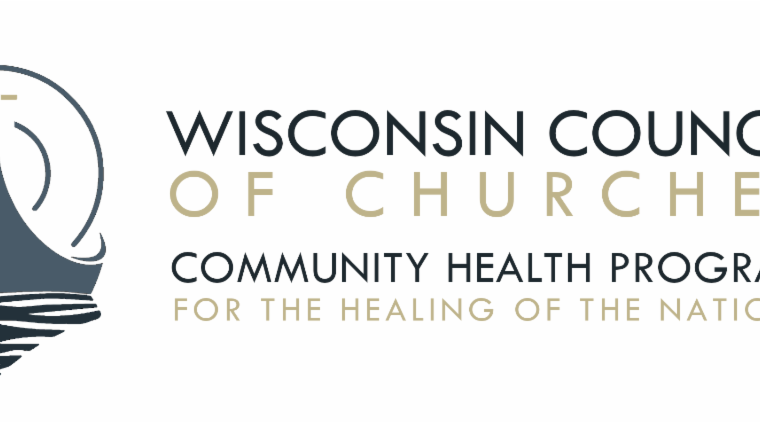Another COVID update
I did promise to keep you informed
We are in something of a strange position on the COVID front these days. Infections are moving up, but it’s not time to hit the panic button quite yet. New boosters are on their way, but they haven’t been approved yet, and there’s no official guidance on how to use them.
COVID moving up
Let’s take these in order. The outlook for respiratory illnesses this fall and winter is still a bit hazy. At the moment, though, we are in a COVID “boomlet,” with a lot of new variants swarming around. Perhaps because of that, COVID doesn’t seem to have fallen into a seasonal pattern yet. Other respiratory illnesses seem a bit out of phase as well. Also, a good bit of the situation is determined by human behavior. And we all know that human behavior is nothing if not logical and predictable, right?
Awkwardly, Wisconsin DHS will sunset their COVID maps and dashboards at the end of August. That’s today (or tomorrow, if you’re one of my early readers). We’ve been expecting this for a while. As more people test at home and fewer at medical centers, the infection data gets less and less reliable.
In their place, we’ll be tracking three things (see footnotes for more information):
- COVID in wastewater. As I understand it, this is actually a pretty accurate measure, albeit a lagging indicator.
- Hospital admissions for COVID. Again, a lagging indicator, but it does give a view of how serious things are.
- The Wisconsin DHS’ weekly Respiratory Virus Surveillance Report. This helps assess how much risk there is from illnesses other than COVID, which should help calculate the risk.
So how bad is it out there? Not terrible, compared to the peaks of the Omicron wave. But the new variants might be even more contagious than previous forms, and any significant move up is cause for concern.
I would say we’re not anywhere near “Cancel In-Person Events and Go Fully Remote” territory. It is probably time to make sure you have enough masks and hand sanitizer on hand, and to think about what your game plan is. See my newsletter from a couple of weeks back for more details on all of this.
About those boosters
The CDC’s Advisory Committee on Immunization Practices, or ACIP, will meet on September 12th to consider approval of fall boosters. This is a bit later than some experts would have liked, but the bottom line is that sometime this fall we’ll have new booster shots available.
But who should use them? There’s no official word on that yet. The best bet is that the guidance will follow what came out this spring:
- Get boosted no sooner than four months after your last shot, two if your immune system is compromised.
- Everyone over the age of 6 is encouraged to get boosted. People 65 or older or immunocompromised should consider a second dose.
Unlike past shots, the new boosters will be monovalent. That is, like flu vaccines, they will target only a COVID variant, not the original form of the virus. How effective they will be against the new variants in circulation remains to be seen. Still, the experts say that any protection is better than none, so don’t skip this round.
And the same messages on vaccines and boosters we’ve heard before still apply:
- Vaccines lessen if not eliminate altogether the chance of infection.
- They make it much less likely that you will experience severe effects of the disease if you do get an infection, and may lessen ordinary symptoms.
- They give you the freedom to participate in daily life. That’s particularly important for kids trying to go to school and seniors wanting to get out of the house.
- Vaccines and boosters protect you, and they protect your loved ones.
One last thing on that note: for the first time, there will also be an RSV vaccine available this fall. Get one!, particularly if you’re in one of the high-risk categories. Same with flu shots.
As always, we’ll keep you posted, and thanks for reading.
Footnotes
I didn’t want to have a numbered list with each item having its own numbered footnote, so here’s some expanded information on the data we’ll be tracking this fall:
- Unfortunately, not all municipal systems test for COVID, and of course, not everyone has a sewer system. All I can say is look at the statewide trend and whatever waste-treatment center is nearest you.
- If you’re like me, your eye may have gravitated toward the “7-day Percent Positive by Test” table on this page. It seems to indicate a steep jump in infections since the end of June. The rate of increase is obviously not great. Do keep in mind though that the total number of infections remains low, which is why it can show such a dramatic shift in percentage terms.
- No link on this report because they’re long .pdf documents, and the last update was in June. I’ll read them so you don’t have to.
The Links
- Here’s a deep dive into the efforts of gunsmiths in Wisconsin to reduce suicide deaths related to gun use. It’s a fascinating story.
- I’ll hopefully have more to say about this next week, but there is an effort being put together to create a Falls Free Wisconsin. I’m happy to say that WCC’s own Angela Hicks has agreed to join their advisory board.
- Two pieces of interest from an equity standpoint: First, asthma cases in New York City skyrocketed while the city was blanketed with smoke from Canadian wildfires. Although the article doesn’t really touch it, Black people are known to be at greater risk from asthma. Second, pulse oximeters are suspected of delaying COVID treatment for people of color because they overestimate the amount of oxygen in their blood.
- A new study indicates that Wegovy or Ozempic is an effective treatment for a common form of heart disease. Jeremy Faust explains why that’s a big deal.




